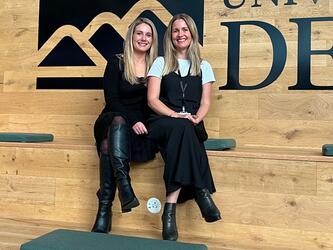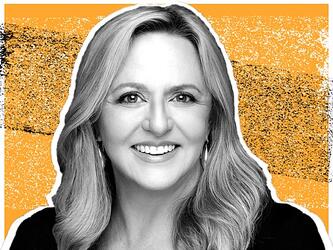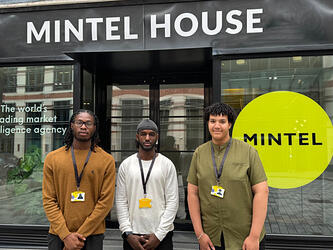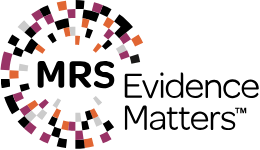Democratising behavioural science matters now more than ever

Behavioural science has travelled a long way in a short time. From once being the preserve of policy teams and marketing departments, it now shapes everything from financial communications to driving radical sustainable laundry innovation and even tackling issues like romance scams.
The discipline has reached a turning point. It is moving from theory to impact and its influence is spreading across industries.
At its core, behavioural science is evidence-led and grounded in more than a century of research into human behaviour.
Today, it is being applied in new ways, often combining qualitative, quantitative and digital data to unlock a fuller picture of how people think and act. Its power lies in uncovering the real drivers of choice and combining this with knowledge of how to influence behaviours that people themselves may not always recognise.
Here, I reflect on a few of the applications shared at the Behavioural Science Summit.
How perception shapes behaviour
Taking a closer look at the work with Northern Rail on perceptions of cleanliness, the trains were being cleaned daily, with deep cleans every six weeks, yet many passengers didn’t see them as clean. That gap in perception mattered because it affected how people reacted. They were more likely to litter and less likely to treat the space with care.
The team explored the sensory cues that shaped those perceptions such as smells, lighting, the condition of seating and even the colour of staff uniforms. They also tested interventions such as mint scents in cleaning products, green uniforms that signalled freshness and messages that reinforced social norms around tidying up. The impact was indeed measurable – satisfaction rose, complaints declined and passengers were more respectful of the environment.
This captured something essential about behavioural science, reflecting that it goes beyond adding more cleaning schedules or leaflets, but about understanding the tiny but often overlooked cues that shape how people experience the world.
Unlocking a culture that delivers results
Nationwide is another example, but this time the team built the culture, tools and governance needed to make behavioural science part of everyday communications.
They introduced a simple toolkit, applying the EAST framework (Easy, Attractive, Social and Timely) and testing over 250 communications to make sure they really worked.
As one example of the wider communications strategy in action, the results speak for themselves – over 710,000 new savings accounts were opened, more than 80% of high-usage customers moved smoothly to new products, and complaints dropped well below projections.
Crucially, when behavioural science is woven into culture in this way, it scales naturally and sustains momentum.
Innovation is the pillar of behavioural science
Innovation is also one of the places where behavioural science proves its real value. Too often, organisations bring it in only at the testing stage, when ideas are already fixed.
With the Kantar and Unilever work on radical laundry solutions, behavioural science was used upstream to map the frictions and fuels that would shape consumer acceptance. The team layered these insights with futures research and cultural context, giving research and development (R&D) scenarios that felt tangible and boosting their confidence to prototype more boldly. The result was less wasted effort and a clearer path to meaningful innovation.
Similarly, the London Essence Co. packaging redesign shows the same principle at a different scale. The original bottle, designed for on-trade, lacked impact on supermarket shelves where competitors dominated with bold colour blocking.
Instead of treating packaging as a visibility problem, the team recognised something deeper: people don’t analyse design, they feel it. By combining behavioural science with design thinking, they created packaging that did more than catch the eye. It sparked emotion and built a sense of meaningful distinctiveness.
Building the foundations
Above all, behavioural science is not a quick fix. To unlock its power, it needs to be woven into the everyday, guiding how organisations design, communicate and innovate. When used well, it delivers lasting impact and helps brands tackle complex challenges.
What’s clear is that the future lies in democratisation. Behavioural science needs to move beyond the behavioural science fanatic and make sure its principles guide everyday decision-making.
By embedding it into culture, strategy and innovation, businesses can move confidently to practice and realise its full potential. To succeed, organisations must embrace behavioural science as a key lens for solving challenges.
Dr Nicki Morley is global innovation lead at Kantar

We hope you enjoyed this article.
Research Live is published by MRS.
The Market Research Society (MRS) exists to promote and protect the research sector, showcasing how research delivers impact for businesses and government.
Members of MRS enjoy many benefits including tailoured policy guidance, discounts on training and conferences, and access to member-only content.
For example, there's an archive of winning case studies from over a decade of MRS Awards.
Find out more about the benefits of joining MRS here.













0 Comments